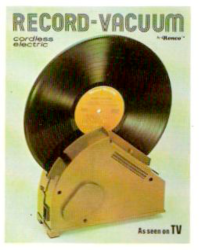
It doesn’t take very long searching the web to find dozens of articles about record cleaning using a variety of different methods and materials for cleaning vinyl records. Questions abound regarding the chemical cleaning agent, the type of brush, cloth, or machine to use for the best results.
But they can get old in a hurry and nothing is less fun than reading a blog that has two vinyl die-hards that are also chemists battle it out to the nth degree about solutions and techniques while calling each other morons. I do not feel that there are any absolute rules in that regard and that you should do what works for you and for your particular level of need and concern.
So my approach is to present some simple ideas about cleaning vinyl, and also throw in some useful general information about record care in general.
These guidelines are based on my 40 years of experience and it is the way that I do it. Exactly which products and techniques I use also depends on the “value” of the record that I am cleaning.
I am going to assume that you are a typical, average, record listener that just wants to learn something about record care and maintenance.
If you are an audiophile then you should probably go spend a lot of money on record cleaning equipment and chemicals because this practical, home style approach may not appeal to your sensibilities. For the record, many of these machines do a great job but are out of the reach of the more casual record listener because of their cost, which can be several hundred dollars.
 Sign Up For Our Newsletter
Sign Up For Our Newsletter


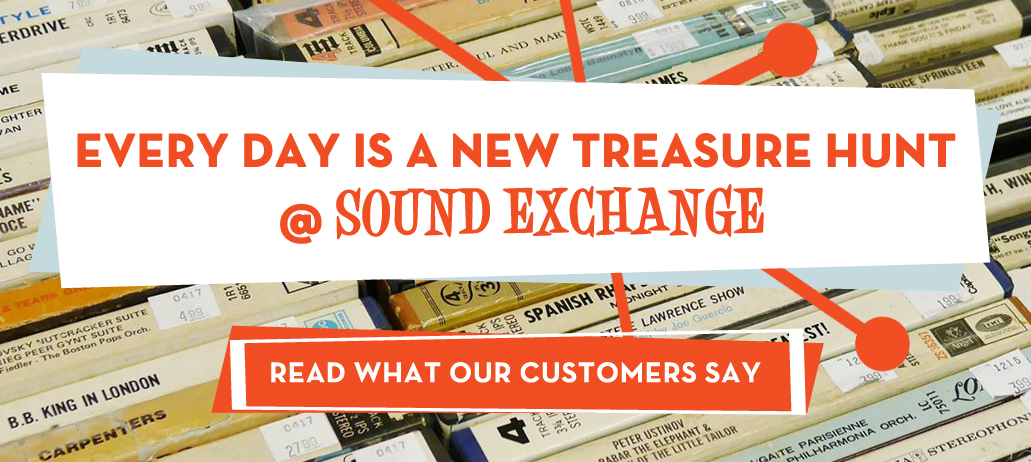

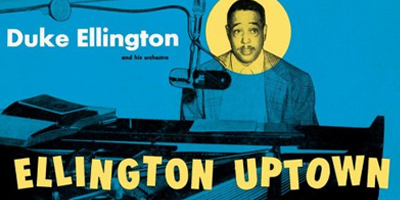
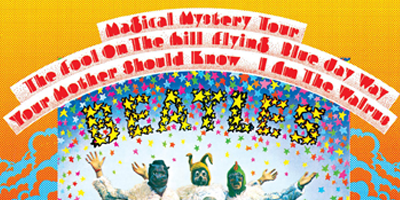
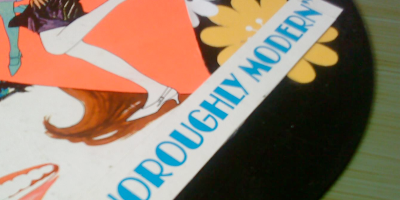



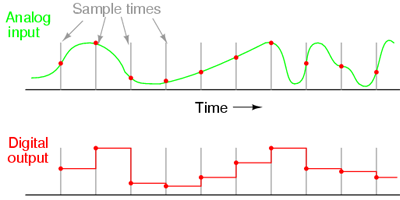
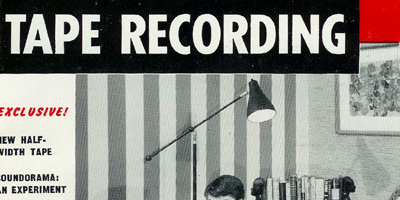

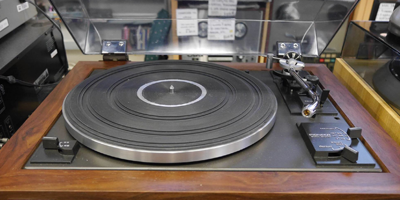

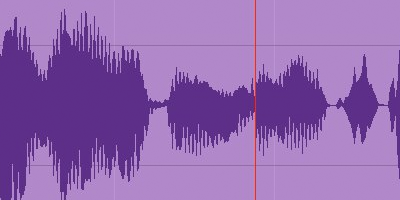
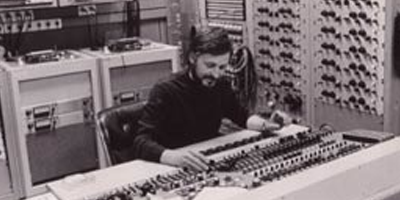
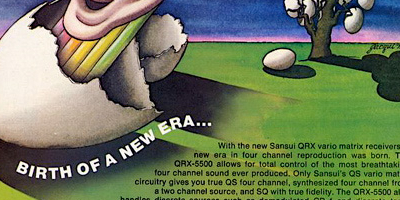
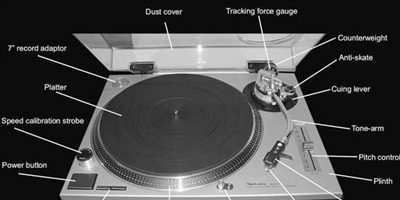
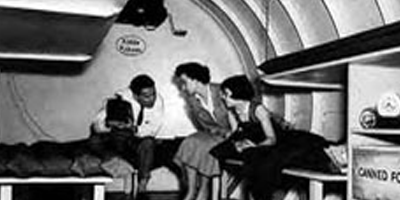
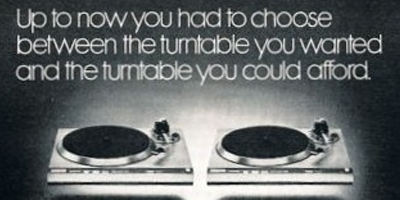
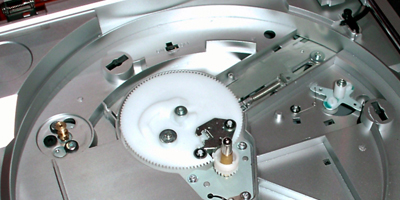
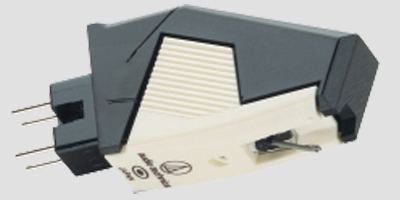
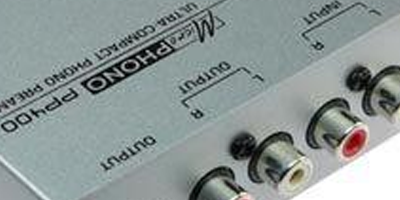
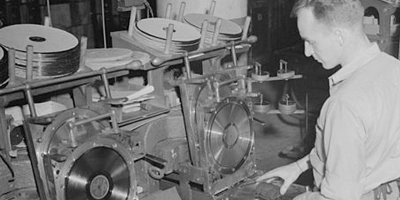
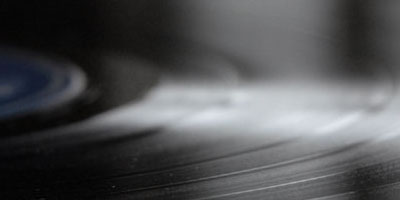
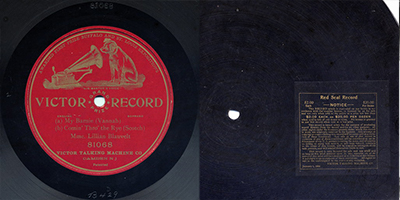
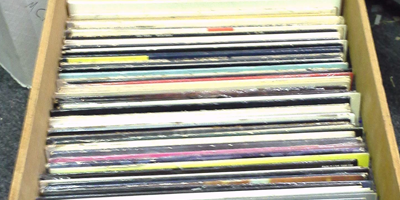
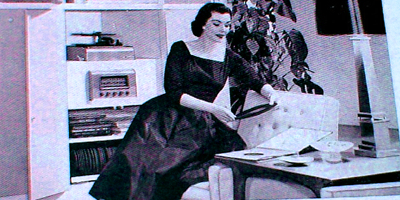

To clean off dust I take a breath and blow on the vinyl. Is that OK?
I cannot recommend this because it only removes the surface dust, does not deep clean, and may also cause spittle to be deposited on the record.